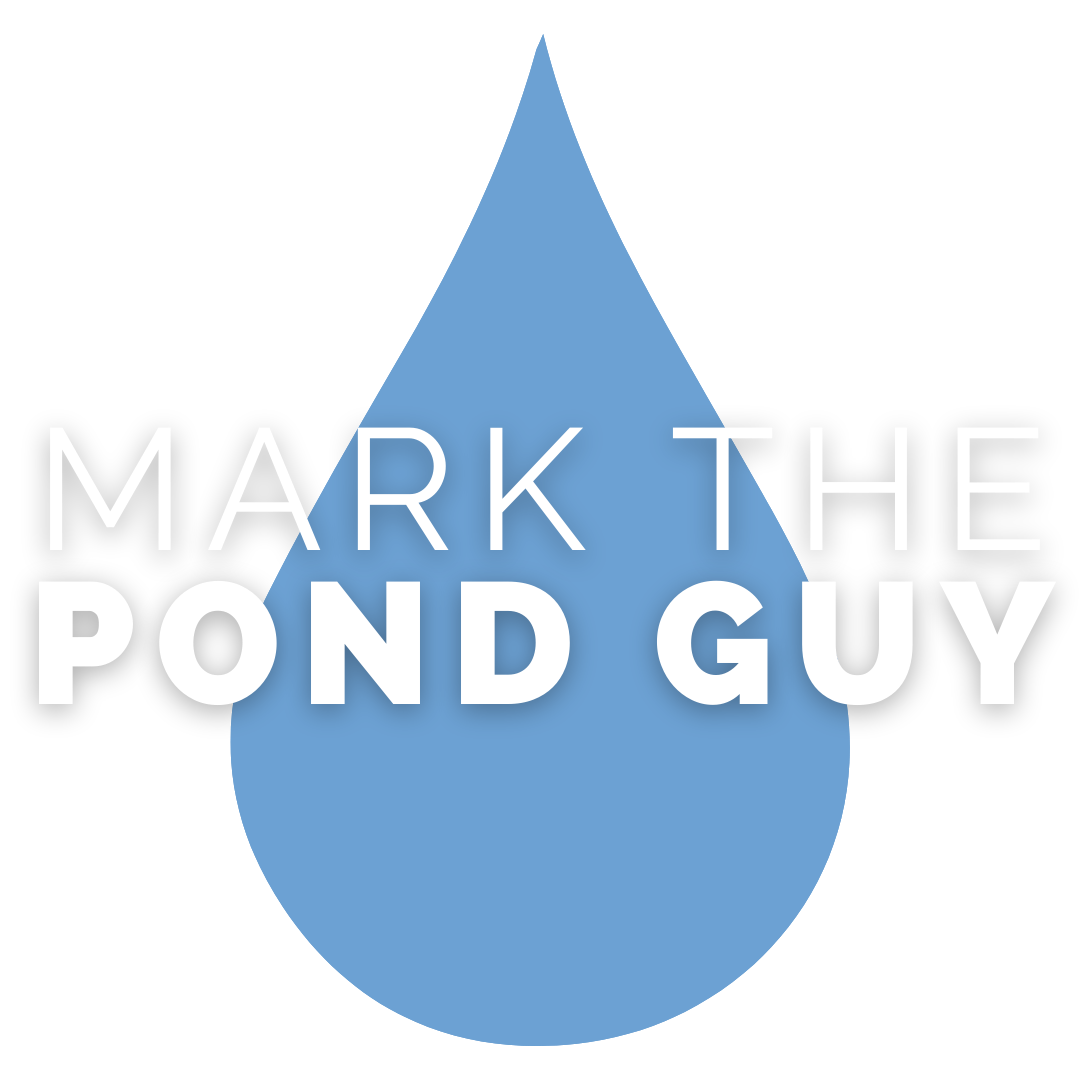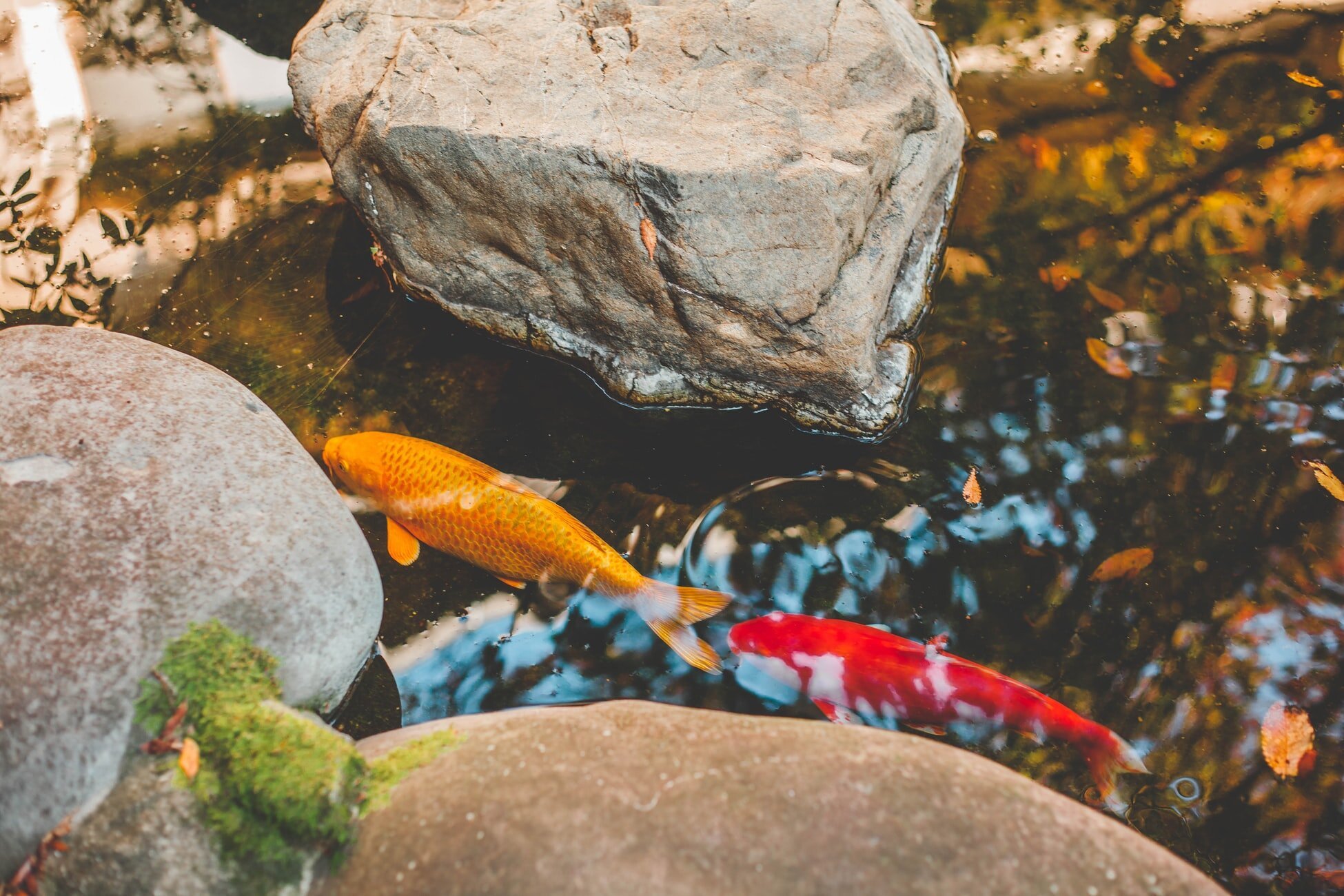Simple Tips for Fall Pond Maintenance
WHY IS FALL MAINTENANCE IMPORTANT?
By the time fall rolls around, it is likely that as leaves and other debris fall into your pond, they can clog the pump and contribute to leaks in the stream from buildup. In the following photos, you can see that the accumulation of leaves in the pond, stream, and pump is not only unsightly, but it could cause larger issues down the road with water clarity, pump failure, and loss of plant life.
Excess leaves can clog your BioFalls filter.
Leaves can create muck in your pond.
Leaves and debris can clog the pump.
Plants should be cut back to avoid debris build up.
FALL MAINTENANCE SERVICES
Many of our customers find that it is helpful to have us handle the fall maintenance. If you are interested in this service, contact us and we will send you a quote!
HOW TO HANDLE DEBRIS
Debris cleanup from the fall may be inevitable in any part of the country, but you'll need to pay special attention if you're in a cold region or if your pond has heavy tree cover. A skimmer filter may not be able to keep up with catching all the leaves before they drop to the pond's bottom and decompose. Removing leaves and sticks with a collapsible net will make for an easier spring clean-out next year. Debris left to rot in the pond will eventually decompose, producing gases that may be harmful to your fish.
In this case, using a large net stretched over the pond can be helpful because it will catch the leaves before they even hit the water. Plus, you can use a leaf blower to clear the area, meaning less work for you!
Regardless of whether you have a lot of trees or a minimal amount leaves falling, autumn is still a time when you'll need to empty the debris net or bag of your skimmer more often than you were in the summer - usually on a daily basis. Also, make sure the stream is clear of debris so that it keeps flowing properly all winter long. Now is a great time to tend to your plants as well. It's sad to see them go, but you definitely don't want their debris falling to the pond bottom.
FALL PLANT CARE
Hardy bog and marginal plants should have all the dead leaves and foliage trimmed down to 2" above the water level, and hardy lily leaves and stems should be cut back, leaving approximately 2 to 3" at the base of the plant. This is also the time when tropical plants can be brought inside for winter, or simply treated as annuals and replaced each season.
This is also the time to remove the water lettuce and hyacinth from your pond. They will die at the first frost, and you don't want them sitting in your pond decaying as that can feed the algae!
SEMI-EVERGREEN POND PLANTS
If you want to maximize your enjoyment of your pond during the colder months, consider adding cold-hardy plants as well! Plants such as water hawthorne, flag lily, and marsh marigold will add beauty and interest to your pond nearly year-round.
GENERAL FALL MAINTENANCE
Read this e-book for tips and advice on fall pond maintenance!
We are often asked which maintenance products people should be using during the fall. We recommend using the specially formulated Cold Water Beneficial Bacteria once the water temperature drops below 50°. Treat twice weekly for the first two weeks and then weekly thereafter.
Replace your barley logs at this time. Barley is a great way to naturally control algae, but the barley logs do need to be swapped out twice per year.
Winterize your Automatic Dosing System before the cold weather rolls in, to protect the unit. Watch this informative video from our friends at Good Earth Water Gardens to easily remove the unit for winter.
It's also time to winterize your ScareCrow. For more information on how to do that, click here.
FALL FISH CARE
As the weather cools down, your koi start going into hibernation. When the water temperature is around 55° F (10° C), transition your fish to a Cold Water Fish Food. Stop feeding them completely when the water temperature drops below 50° F (10° C). Continuing to feed them could cause health problems or death for them, since their digestive systems are beginning to slow down for the winter. To ensure accuracy, monitor the water temp with a Submersible Pond Thermometer.






